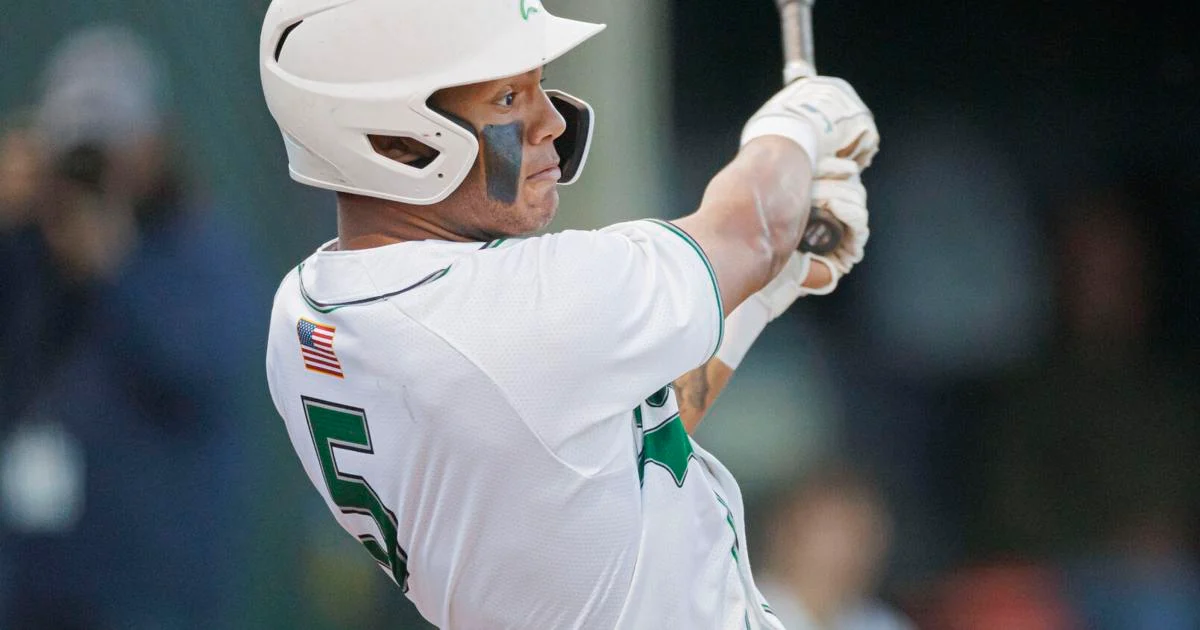Heading into the 2024 season, professional baseball underwent a huge change that went more-or-less unnoticed among fans. That change came up during post-draft recaps with the Kansas City Royals front office. It impacts organizations while remaining relatively unknown to most who follow professional baseball. That change involves Major League Baseball’s domestic reserve limit. Prior to 2020, that limit didn’t exist. A franchise could roster as many minor-league players as it wished. The Royals had a rookie ball affiliate in Idaho Falls. Teams could have multiple rookie ball affiliates, even, if they had enough players to fill them.
After the pandemic, Major League Baseball was tasked with many changes. One of those was MLB’s decision to enact domestic reserve limits. That limit of 180 active minor league players would limit organizations to 180 players between the Complex League and Triple-A. Players on the 60-day IL wouldn’t count, and teams could have up to 15 players on the 60-day IL at any time. That drastic change took time to adjust to, and beginning in 2024, that limit changed once again.
With smaller reserve limits, teams are forced to make more personnel decisions than ever
Last year, Minor League players successfully agreed to the very first MiLB Collective Bargaining Agreement. While it was a great move for players — giving them salary and benefits befitting their time commitment and status — it came with other side effects.
Beginning with the 2024 season, those domestic reserve limits dropped from 180 to 165. With 15 fewer slots per organization, that reduction cuts 450 minor league roster spots. From the draft to injury management and prospect workload, these limitations have far-reaching impacts. In the draft, they’re perhaps even more relevant than anywhere else. If you noticed perhaps an extra number of high-school pitchers who went undrafted in this year’s draft, that comes with reasons other than just signability and risk.
Drafted players count against an organization’s 165-player limit the moment they sign. Blake Wolters and Hiro Wyatt (prep arms from 2023) didn’t pitch for a full-season affiliate after being drafted. Yet, they still counted against the team’s reserve limit from the day they signed onward. Thus, teams are left with one more decision to make among the many, many more while working through their draft board. As draft picks sign, the front office is left to manage that organizational number and ensure they stay at or below 165 minor leaguers.
RHP Luis Polanco was released by the Royals on July 23. He had been pitching in Low-A and it’s no coincidence that move came after the team announced seven day-three signings. Similar moves happened last year with the release of Greyson Jenista mid-season, shortly after the draft. Neither of these players are high-profile top prospects, but regardless, the reserve roster limits should be discussed more than they are.
For the Royals post-draft, where does their domestic reserve limit sit?
With draft signings all-but squared away, we can now look at where the Royals reserve limit sits currently. Players in the Dominican Summer League do not count. All 19 of the team’s draft signings do. Below are the current roster counts for each Royals minor league affiliate:
- Triple-A Omaha: 28 (+1 60-day IL)
- Double-A Northwest Arkansas: 30 (+2 60-day IL)
- High-A Quad Cities: 28 (+3 60-day IL)
- Low-A Columbia: 30 (+3 60-day IL)
- Complex League Surprise: 31 (+6 60-day IL)
- 2024 draft signings: 19
By that math, the Royals now (after the signings of Corey Cousin and Kyle DeGroat on Monday) sit one over the 165-player reserve limit. Director of Amateur Scouting, Brian Bridges, discussed that roster limit some following day two of this year’s Rule Four draft. The topic came up when asked about saving slot money for day three selections, as the team has done in recent years with picks such as David Sandlin, Jared Dickey, and Vinnie Pasquantino. The topic has impacts on the trade deadline as well, as teams have to gauge whether swapping big league talent to add into that minor league pool is going to change the system enough to make it worth it.
Most of the time, there are plenty of minor leaguers who are disposable. It seems insensitive (and it is) but it’s simply the nature of the minor leagues. Not every player can be the next big league regular — much less the next All-Star. With now the 18th and 19th additions to their system from this year’s draft, the Royals are faced again with getting their organization back under that 165-player reserve limit.
Discover more from Farm to Fountains
Subscribe to get the latest posts sent to your email.





